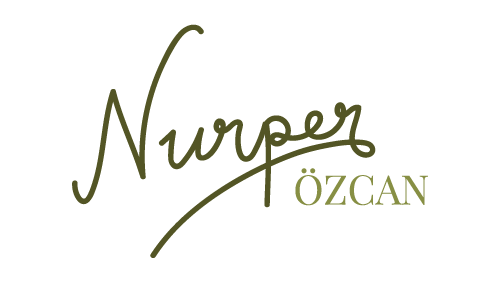
WHAT IS SHIRDEN CHEESE LEAVEN, HOW IS IT PRODUCED AND USED?
The fourth part of the stomach of ruminants’ young (calves, lambs, kids, kids, mallards) that are at the age of sucking milk is called ‘chyme’. The enzymes chymosin and pepsin, which ferment milk, are found in the best ratio in the chyme obtained at this age. As the animal grows and consumes solid feed, the ratio of enzymes in the chyme changes and the quality of the rennet and cheese obtained is negatively affected. The world’s first rennet was introduced in 1872 by a Frenchman named Leon Krick at an agricultural exhibition in Vienna.
After the cheese is obtained from the animal, the inside is emptied by patting it from the top by hand. Excess tissues, fat and blood are removed (it is not correct to wash the inside of the shirden and scrape it with a knife; this may damage the enzymes that ferment the cheese). After this stage, the shirden is salted with rock salt and dried in the sun, then fermented with different ingredients and techniques depending on the region. Last spring, in the uniquely beautiful Cilo mountains of Hakkari, we worked with the Essence of Flowers Women’s Cooperative on the traditional shirden rennet they learned from their ancestors and recorded this ancient recipe. According to this recipe, the dried shirden is placed in a cheese straining cloth together with herbs (giyaheveng, hespist, çevir) that are collected from nature in season, dried and boiled. The seeds of chickpeas, figs and melon from the region are placed in another cheese cloth, tied and placed in a jerry can with the other ingredients. The products are covered with whey, the water in which the herbs were boiled and rainwater. Add one tablespoon of rock salt. Cover the jerry can and wait for yeast to form at ambient temperature for about a month. When a foamy foam structure is seen on the surface of the can, the yeast is ready. After straining, the liquid part is used for fermenting cheese until next spring.
Shirden rennet, which provides high benefits for intestinal health, is used not only for fermenting cheese but also for fermenting yogurt. When fermenting yogurt; at the fermenting temperature, a small amount of shirden rennet is opened with milk and added to the milk to be fermented. All other processes are the same as standard yogurt fermentation.
You can find the shirden rennet video on our Instagram account and YouTube channel.



